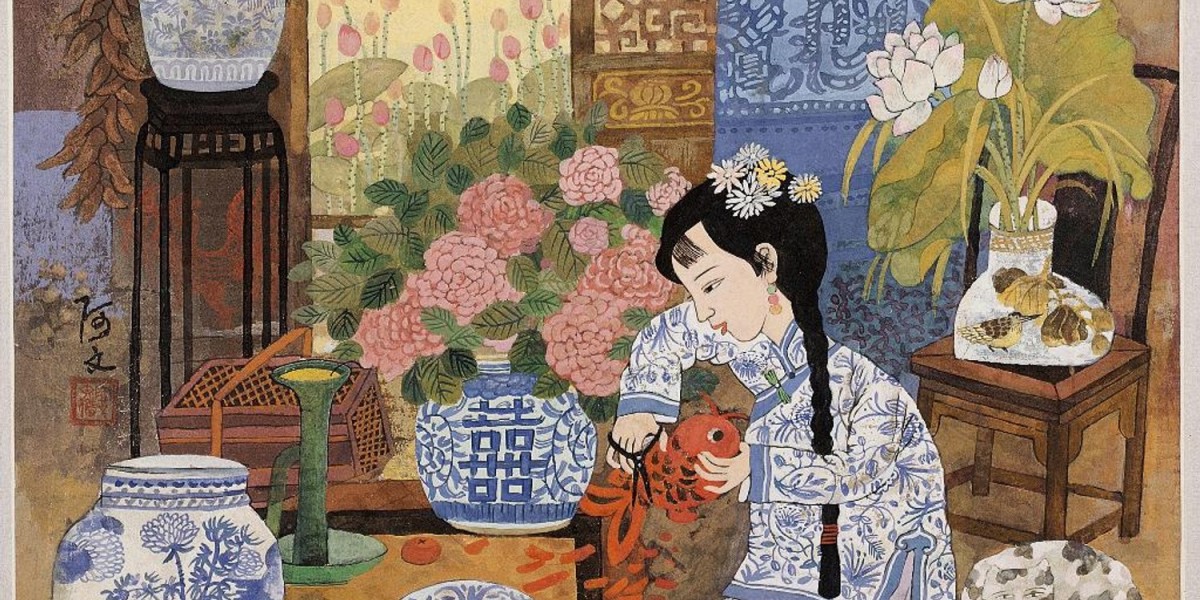A Chinese Art Hub is a dedicated space—physical or digital—that serves as a central platform for showcasing, preserving, studying, and promoting Chinese art. These hubs act as cultural bridges between the past and the present, and between China and the wider world. They encompass art museums, galleries, cultural centers, and online platforms where artists, scholars, collectors, and the public engage with various forms of traditional and contemporary Chinese art.
The primary role of a Chinese Art Hub is to preserve the rich heritage of Chinese art, which includes classical painting, calligraphy, ceramics, sculpture, textile arts, and folk crafts. These hubs often house extensive collections of historical artworks from different dynasties—such as Ming vases, Tang sculptures, and Qing ink scrolls. Through conservation efforts, these works are protected from deterioration, ensuring that future generations can learn from and admire them.
Chinese Art Hubs also serve as educational resources. They provide workshops, guided tours, lectures, and exhibitions that explain the techniques, symbolism, and cultural context of Chinese artworks. For example, a calligraphy workshop may not only teach brush techniques but also explore the Confucian or Daoist philosophies embedded in the characters. These programs help deepen public understanding and appreciation of Chinese aesthetics and values.
Additionally, these hubs play a crucial role in supporting contemporary Chinese artists, many of whom blend traditional styles with modern themes. By offering exhibition spaces and artist residencies, Chinese Art Hubs encourage creativity and innovation while still respecting classical forms. This fusion ensures that Chinese art remains a living, evolving practice rather than a relic of the past.
In the digital age, online Chinese Art Hubs are becoming increasingly popular. These platforms allow global audiences to explore Chinese art collections through virtual tours, high-resolution images, videos, and interactive features. Some even provide e-learning courses or digital archives for researchers and art enthusiasts. The accessibility of online hubs ensures that Chinese art reaches people far beyond China’s borders, fostering cultural exchange and global awareness.
Moreover, Chinese Art Hubs often collaborate with international museums, universities, and cultural organizations. Through traveling exhibitions, joint research projects, and academic conferences, they contribute to the global recognition of Chinese art’s historical and artistic significance. This international outreach helps correct misconceptions and showcases the diversity and depth of Chinese artistic expression.
From a cultural policy perspective, many Chinese Art Hubs are supported by government initiatives or private foundations that aim to promote China’s soft power. These hubs become symbols of national pride and cultural identity, particularly in an era of globalization where preserving cultural uniqueness is essential.
In conclusion, a Chinese Art Hub is much more than a place to view artwork—it is a vibrant center of cultural preservation, education, creativity, and international engagement. Whether through exhibitions of ancient ink scrolls or digital showcases of modern brushwork, these hubs play a vital role in keeping the spirit of Chinese art alive and accessible for people around the world.








